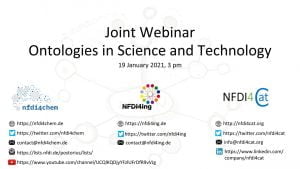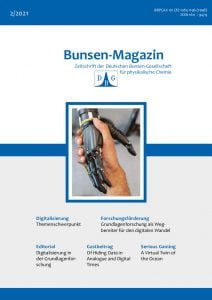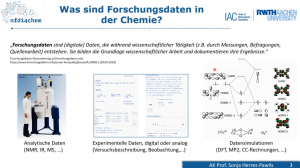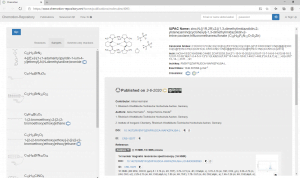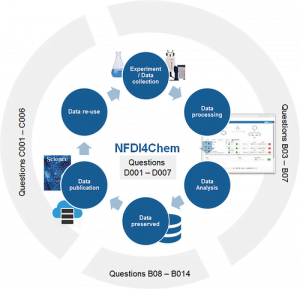The Chemotion repository
To support research data management, Chemotion not only offers a freely available electronic laboratory notebook but also a repository for molecules, reactions and research data. The seamless connection between both tools saves a lot of time. The Chemotion repository provides solutions for current challenges to store research data in a convenient manner, allowing the conservation of domain-specific information in a machine-readable format. A main advantage of the repository Chemotion is its comprehensive functionality, offering options to collect, prepare and reuse data with discipline-specific methods and data processing tools. For selected analytical data, automated procedures facilitate the curation of the data. Chemotion provides functions for convenient data publishing including automated Digital Object Identifier (DOI) generation and workflows for peer-reviewing of submissions including embargo settings. The research data infrastructure built on these developments provides a new community-driven repository as a comprehensive alternative to commercial databases.
Learn more about the Chemotion repository in a recent publication in Angew. Chem., or watch our Chemotion “Stammtisch” talk about the repository on YouTube.
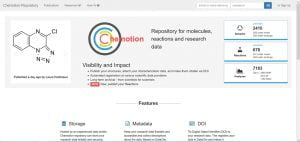
Figure 1: Screenshot of the webpage of the Chemotion repository.



